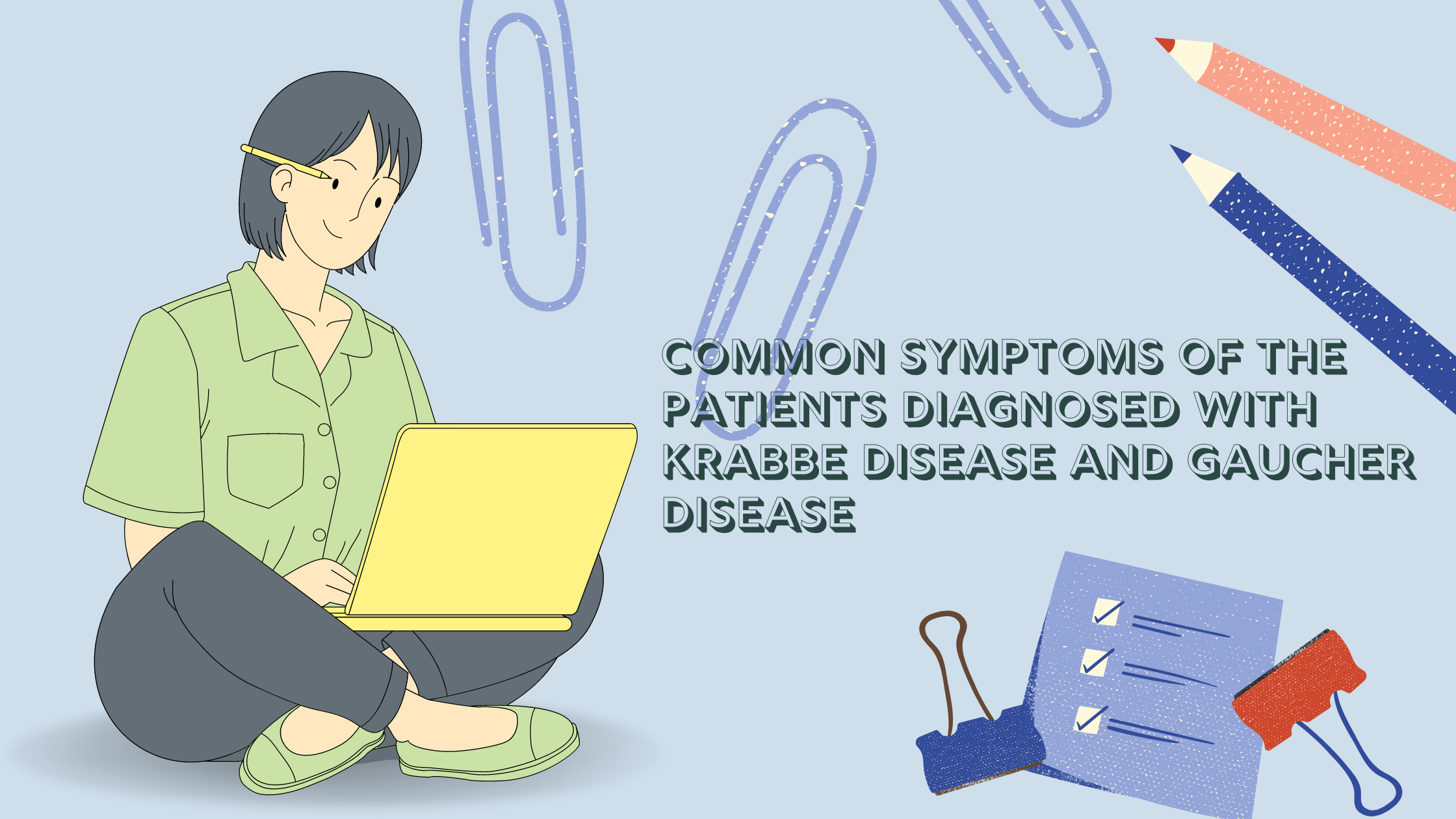Krabbe disease or globoid cell leukodystrophy is an inherited genetic disorder where the protective coating of the neurons (myelin sheath) undergoes destruction, leading to damage to the neurons in the brain and the entire nervous system.
The initial symptoms of Krabbe disease appear in babies below the age of 6 months. The disease will eventually cause death by the age of 2 years. Unfortunately, there is no cure for the disease. The older children and adult patients diagnosed with Krabbe disease will show different courses of the disease’s progress.
Common symptoms
As already shared, the initial symptoms of Krabbe disease appear within 2 to 5 months of age. And the progression causes worsening of the health condition.
The common signs and symptoms in the infants include
- Difficulty in feeding
- Unexplained crying
- Frequent vomiting tendency with muscular spasms
- Fever without infection
- Extreme irritability
- Loss of head control
- Developmental delays
As the disease progresses, the symptoms become more severe. The child will have seizures and gradually lose hearing ability and eyesight. The muscles will be rigid and constricted. The child will show stiffness in posture. Finally, the infant will lose the ability to swallow and breathe.
Symptoms in older adults
Krabbe disease does not necessarily develop during infancy. It can appear in older children and even in adults. The symptoms vary widely, but some common symptoms include
- A decline in thinking ability
- Progressive loss of vision and manual dexterity
- Extreme muscle weakness
- Difficulty in walking (a condition called ataxia)
Researches show that when the disease appears in the young ones the progress of the symptoms is quicker with more chances of death. However, in adults, the symptoms may be less severe but the muscle weakness will be there.
Diagnosing Gaucher disease
Gaucher (go-SHAY) disease occurs when there is buildup of fatty elements in the body organs lie liver and spleen. It will cause enlargement of the organs and affect the function of the organs.
- The fatty acid buildup can happen in the bone tissue.
- Bones will be weak and you will be at higher risk of fractures.
- On affecting the bone marrow, Gaucher Disease will affect the blood clotting ability.
People suffering from these disease shows malfunction of a particular enzyme that breaks down the fatty elements in the body. The advanced methods of treatment include enzyme replacement therapies.
Check the symptoms
Before planning for the therapy, a patient needs to know whether the person is suffering from Gaucher disease. There are different forms of the disease. Naturally, the signs and symptoms will vary widely. But as Type 1 is the most commonly reported cases, its symptoms are the ones to consider as standard symptoms of the disease.
Some people may not have any symptoms at all, mostly identical twins where the disease will have different levels of severity. The common gaucher disease symptoms include:
- Abdominal pain as the abdomen distends owing to the enlargement of the spleen and liver.
- Blood disorders like anemia and poor clotting ability.
- Skeletal abnormalities including bone death.
If the disease affects the brain, it can cause abnormal eye movements too. If you or someone else has the symptom, get a doctor’s appointment immediately.
Read More about Gain Therapeutics, Inc


